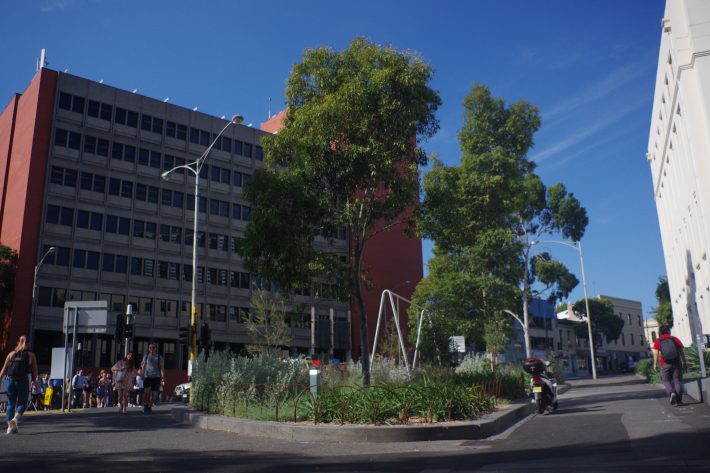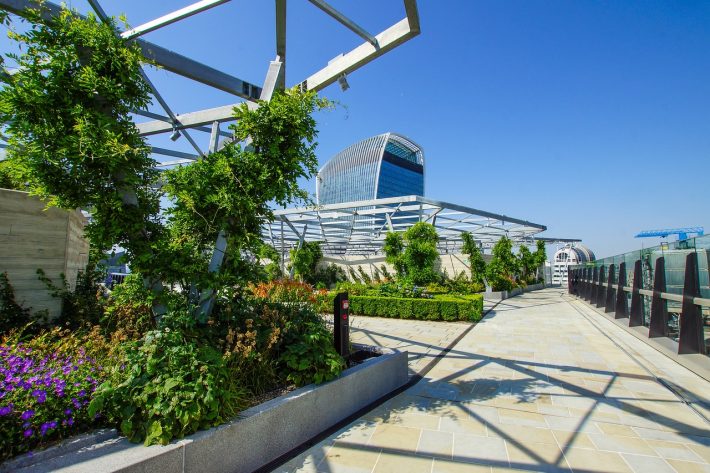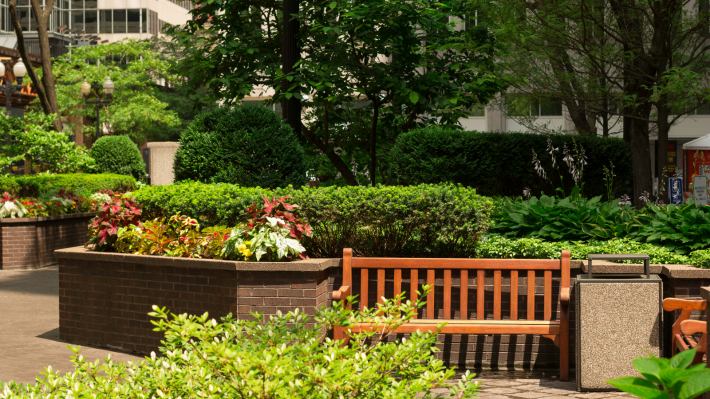Small urban greening projects can dramatically increase number of insect species in cities
Just three years into their project, University of Melbourne researchers managed to increase the number of insect species found in an urban area by seven times. But how did they do it?

The study, conducted by the University of Melbourne, saw researchers transform a small urban greenspace into an indigenous plant haven, with results ultimately confirming several benefits of urban greening projects.
Beginning in April 2016, researchers began transforming an urban space in the City of Melbourne. Originally the space contained only a grass lawn and two trees, but by using fertilisation, organic mulching, new topsoil and soil decompaction the researchers were able to create the perfect habitat for 12 different indigenous plant species.

The following three years saw the researchers carry out 14 insect surveys, documented in their Ecological Solutions and Evidence paper. Researchers with entomological nets collected samples for ants, bees, wasps and more. Overall, 94 insects were identified, 91 of which were indigenous to Victoria, Australia.
The study’s author, Dr Luis Mata, explains “The indigenous insects we documented spanned a diverse array. Detritivores that recycle nutrients, herbivores that provide food for reptiles and birds; predators and parasitoids that keep pests in check.”
Across the study’s three years, the 12 plant species began supporting an increasing amount of insect life. Despite losing three plant species across the years, the nine remaining species supported around 7.3 times more insects than the original two species found on the plot of land.
Why is urban greening important?
Bringing nature into our cities delivers a host of benefits, from human wellbeing to climate change mitigation. So, quantifying the results of urban greening projects, like this one, is of great interest to stakeholder including ecologists and city planners.

“I’d love to see many more urban greenspaces transform into habitats for indigenous species,” declares Dr Mata. “We hope that our study will serve as a catalyst for a new way to demonstrate how urban greening may effect positive ecological changes.”
The research team’s method is highly flexible and can adapt for use across different seasons, multiple sites and longer durations. As a result, scientists and urban planners worldwide can reproduce the benefits of the urban greening study.
Read more:
https://besjournals.onlinelibrary.wiley.com/doi/10.1002/2688-8319.12259
Like what we stand for?
Support our mission and help develop the next generation of ecologists by donating to the British Ecological Society.